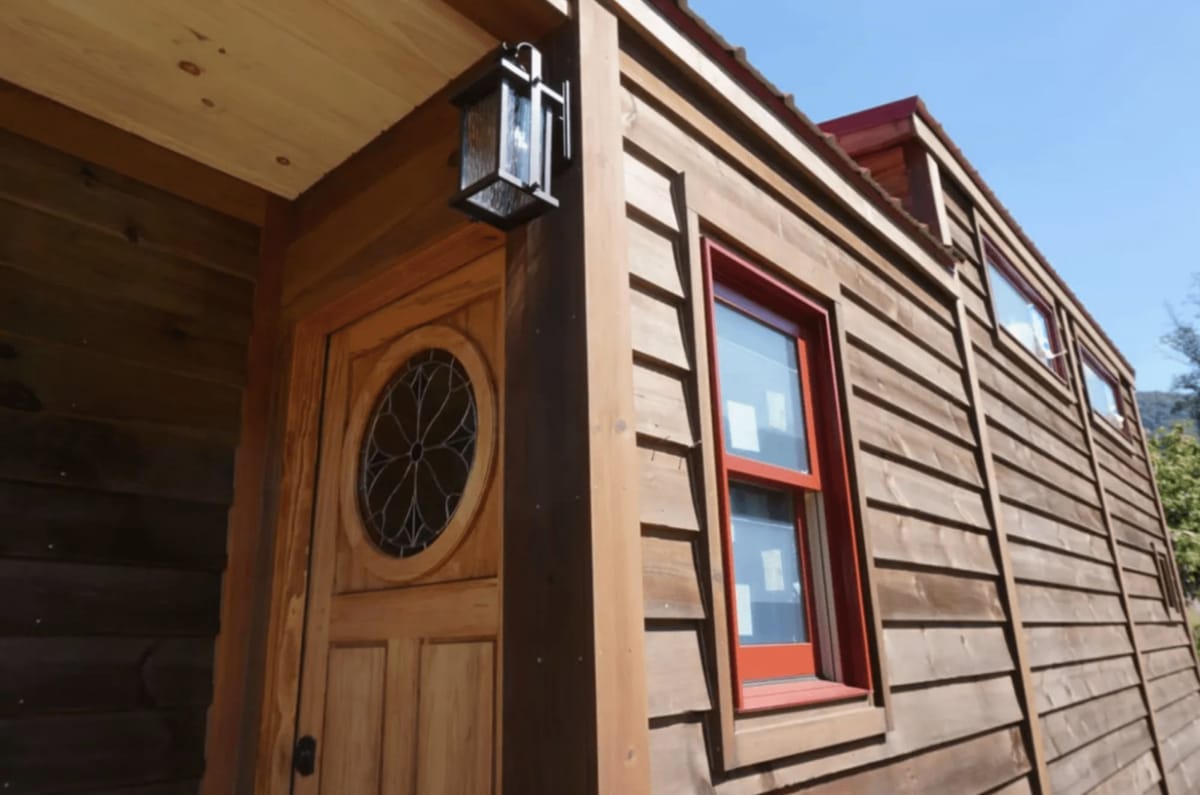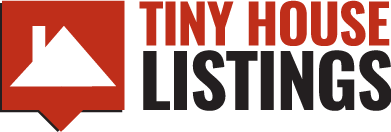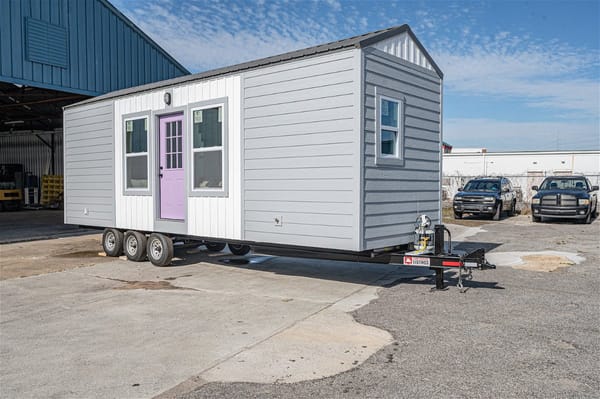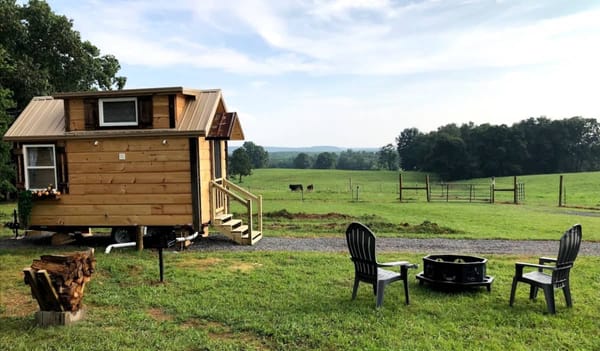Your Guide To Buying A Tiny House in 2021

It can be argued that the modern tiny house real estate market is quite different from the more traditional real estate market. Sizes are smaller. Prices are smaller. Tolerance is smaller. Truth is, buying a house is like playing a complicated sport. You need to know the rules and get in shape before hitting the field, and then nimbly maneuver through the challenges to win the game.
In 2021, “winning” the real estate game will require understanding how you stack up against lender qualifications (few as they are), preparing to compete with other buyers, navigating a socially distanced homebuying process, and having a place already staked out on which to park your home. So check it out. Here's what buying a tiny house in 2021 will look like and how to get ready.
BE READY TO STRIKE
Right now there are just over 1,000 tiny houses available on Tiny House Listings. With most hovering around just $80,000 and an ever-growing number of interested parties, chances are you won't be the only one making an offer — even if the listing just appeared. "It is a seller’s market in just about every part of the country," says Steven Harrell, broker, and owner of Tiny House Listings. “Seller’s market” is a real estate term used when there are more prospective buyers than homes for sale. In a recent article, tiny house advocate and managing editor of Tiny House Magazine Andrew Odom noted, “Just like the traditional real estate market, flexibility is important. If you want to buy a tiny house and you see a listing you are interested in and even make an offer on, you need to be prepared to buy on the spot. Contingencies are liabilities.” In 2021 in order to win over a seller in a hot market, you can’t make the purchase offer contingent on the sale of your current home, no matter what the size.
A RISE IN PRICE
Sale prices are going up in 2021. According to projections by Fannie Mae, Freddie Mac, and the Mortgage Bankers Association, the price of existing homes is supposed to increase upward of 3.1%. This is due in part to rising lumber costs, fuel prices and their effect on transit, petroleum prices in regards to material manufacturing, and the cost to mitigate on-the-job risks due to COVID and decreased labor pools. Of course, prices do vary by season, so when you choose to buy can impact what you’ll pay. The traditional real estate market shows that homes are generally most expensive in June and July and cheapest in January and February.
LESS CASH, MORE FINANCING
While tiny houses are, again, much less expensive than traditional homes, unlike a traditional home, you can’t get a traditional mortgage to buy one. Your best bet might be a recreational vehicle loan or travel trailer loan from a credit union if your tiny house meets the criteria to be classified as an RV or travel trailer.
Another alternative is a personal loan. The caveat is that it will have a much higher interest rate than a mortgage would. For instance, at the time of this printing the mortgage rate on home purchase hovers around 2.465% APR (fixed). A lender such as Even Financial - Tiny House Listing’s finance partner - offers a 4.99% APR for 24-48 months and up to $100,000. Of course, if the tiny house is cheap enough, you might be able to charge it to one or more credit cards, but the interest payments will be through-the-roof expensive. No mortgage also means no mortgage-interest tax deduction, and a credit card or personal loan interest is not tax-deductible.
The market will be unpredictable in 2021. A new presidential administration means new government officers, new policies, and even new procedures. Already there is job uncertainty and the lasting effects of the pandemic have caused some financial strain. Be prepared. Get your finances in order, watch the listings daily, and make smart choices. Each day offers new, beautiful homes, and the desire to live with a smaller and more affordable footprint grows by the minute.
Get a 5-minute tiny house consultation here.



